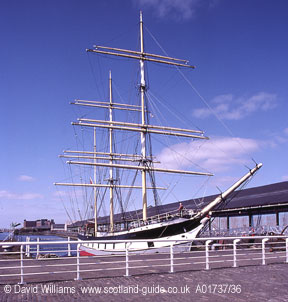Various factors allowed the river to achieve the great success, including the local presence of coal and iron ore, an advanced mechanical engineering industry, a highly skilled workforce and trading links with the Americas and the British Empire.
It was an incredibly complex industry and there were many important links with other parts of the Scottish economy, from steelmakers and marine engine builders to quality carpet and furniture manufacturers. Indeed, the amount of business the shipbuilders gave these firms helped them to develop their expertise to the extent that they became large enterprises in their own right and in time many of them were exporting their own goods worldwide. Another factor which helped the yards` success was that a number of the yards were owned by shipping lines and these shipowners ensured that there was a steady stream of orders going to their own yards. There were also strong links with the government and the numerous naval orders were profitable enough to allow yards to offer relatively low prices for other ships to keep the order books full.
This article is based on the guidebook "The Glasgow Guide".

The SS Glenlee was built in Port Glasgow in 1896 and is now back home on the River Clyde after having circumnavigated the world many times. The ship is one of only five nineteenth-century Clyde-built sailing ships still afloat and it is now moored at Yorkhill Quay as a floating museum.